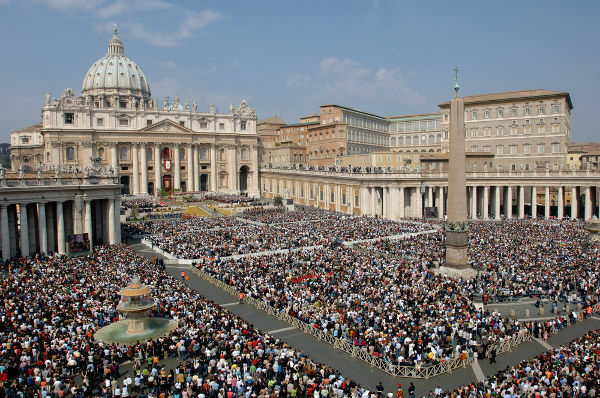It is a state that centralizes all political and economic power in the hands of one person, usually a monarch or dictator.
The essence of this type of government is that the person who has absolute and unlimited power is not subject to challenges or regulations from any other body or institution. Even if this is judicial, legislative, religious, economic or electoral.
Below you will find a summary of the origin, formation and main characteristics of an absolutist state.
The origin and formation of the absolutist state
The Absolutist State emerged in the Middle Ages, in the socioeconomic scenario of the feudal system. However, feudalism was going through crises, as it was questioned why power was centralized only in the hands of feudal lords.
It is during this crisis that the capitalist economic model begins in the means of production. This happened because it was believed that, at that time, feudalism served as an impediment to economic development.
It is during this gradual change in modes of production that power begins to be centralized in the hands of kings.
Feudal lords lose political and economic forces, while national forces (war power) and the benefits granted to the nobility start to grow.
It is in this context, between the 16th and 18th centuries, that the Absolutist State was born and consolidated, with unlimited political and economic power in the hands of the monarchs.
See more about the meaning of feudalism and yours main features.
The characteristics of the absolutist state
Among the main characteristics of the absolutist state are:
- kings start to enact laws and decide legal problems. There was no constitution that could challenge their will and actions,
- they were also responsible for choosing the amount to be charged in taxes for the population and merchants,
- the king controlled the national forces. Any action by the state's military power was below the monarch's will,
- above the king there was only God, since in an absolutist state the king was considered as the chosen of the Divine to govern the people.
Consolidation of the Absolutist State throughout history
Absolutism exists in various forms all over the world, including Nazi Germany under Adolf Hitler and the Soviet Union under Joseph Stalin.
The most commonly studied form of absolutism is absolute monarchy, which originated in early modern Europe and was based on the strong individual leaders of the new nation-states, which were created in the disruption of the medieval order.
The power of these states was closely associated with the power of their rulers. To strengthen both, it was necessary to reduce restrictions on centralized government exercised by the church and feudal lords.
In claiming the absolute authority of the state against such previous restrictions, the monarch, as head of state, demanded his own absolute authority..
In the 16th century, monarchical absolutism prevailed in much of Western Europe, and was widespread in the 17th and 18th centuries.
In addition to France, whose ideology was summed up in King Louis XIV, absolutism existed in a variety of other European countries, including Spain, Prussia, and Austria.
See also the meaning of constitutional monarchy and monarchical absolutism.
 King Louis XIV (1643 – 1715) of France provided the most familiar statement of absolutism when he said: “L'état, c'est moi” (“I am the state”).
King Louis XIV (1643 – 1715) of France provided the most familiar statement of absolutism when he said: “L'état, c'est moi” (“I am the state”).
the theorists of absolutism
According to some political theorists, complete obedience to the will of a single person is necessary to maintain order and security.
The most elaborate statement of this view was made by the English philosopher Thomas Hobbes in his work Leviathan.
 Thomas Hobbes, English philosopher.
Thomas Hobbes, English philosopher.
The monopoly of power was also justified on the basis of a presumed knowledge of absolute truth.
This argument was advanced by Vladimir Ilych Lenin to defend the absolute authority of the Communist Party in Russia after the Bolshevik Revolution in 1917.
Nicholas Machiavelli he was one of the leading theorists of absolutism. By observing the conflicts that happened between the kingdoms, and the agreements that were made to please the bourgeoisie and the nobility, the author elaborated the work The prince, which was a study of how a king could gain power and keep it.
See too:
- learn more about absolutism;
- know the concept of mercantilism;
- understand what is nazism;
- modes of production.

